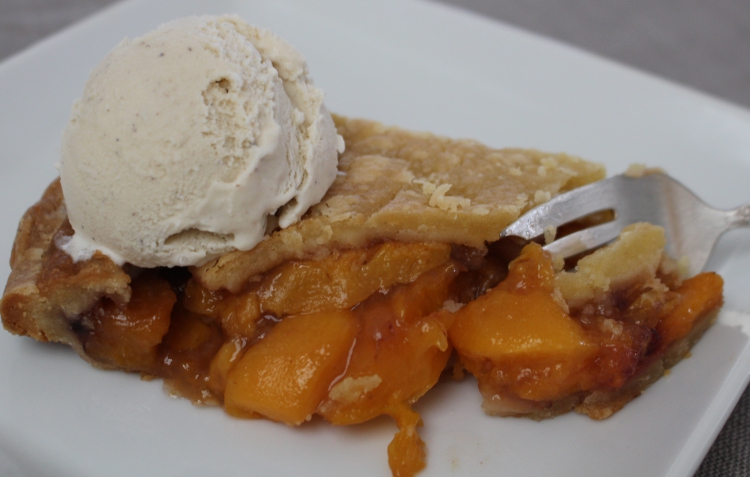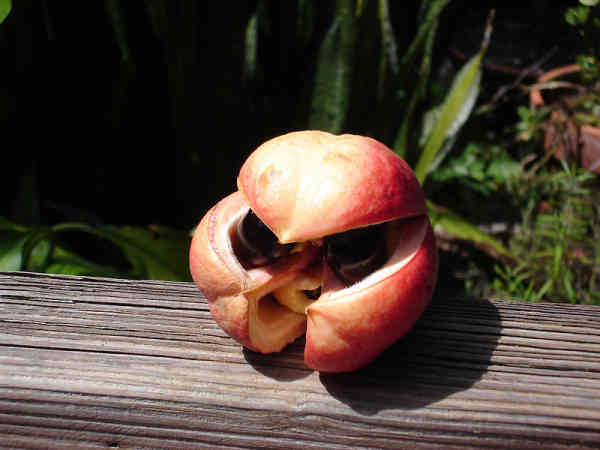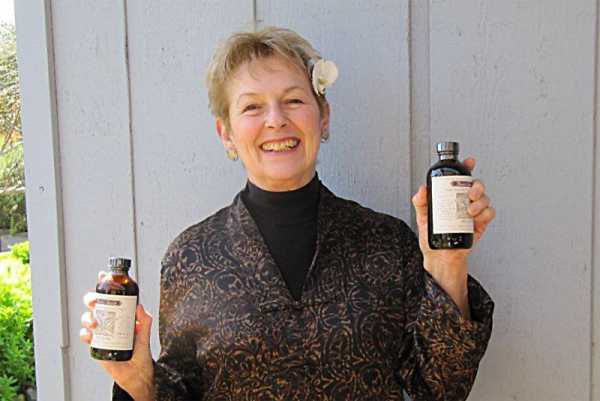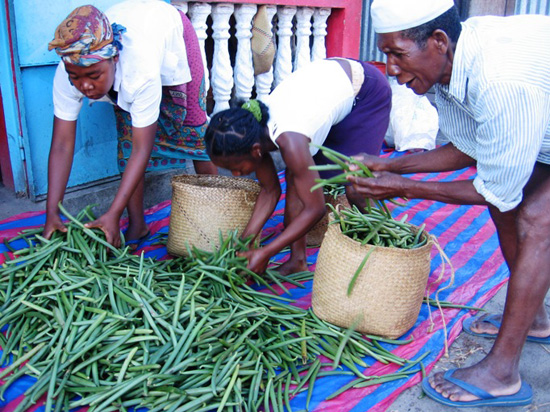
I'm amazed at how superior your vanilla is!
– Des, The Grommet

Ackee or Akee, Blighia sapida, is native to tropical West Africa. It is related to the lychee and longon, although it doesn’t look anything like them. It is a tall evergreen tree that produces a pear-shaped fruit that goes from green to bright red to yellow-orange as it ripens. Captain Bligh took ackee from Jamaica to England in 1793. In the 1770s, it was taken, most likely on slave ships, from West Africa to Jamaica, where it is now the national fruit; ackee and salt fish is the national dish.
The ripe fruit is not entirely edible due to alkaloid toxins, which can cause a fatal illness if the fruit is not prepared properly. It must be washed, cleaned and boiled (and the boiled water thrown away) to make it safe for eating. The unripe fruit is also toxic and is illegal to bring into the U.S. as a fresh product. All of this aside, properly prepared ackee is delicious. Canned ackee is a major Jamaican export and is allowed into the U.S. as long as the hypoglycin (toxic amino acid) content meets FDA standards.
There was a Jamaican restaurant in San Francisco in the 1980s owned and operated by Prince Neville, a huge Jamacian Rastafarian with massive dreadlocks jammed into his chef’s toque. He served fresh ackee, which looks a lot like scrambled eggs, but was quite tasty. Unfortunately, Prince Neville had a “side business” that sent him to the slammer and the restaurant closed. If you do have the chance to try properly prepared ackee do.
I was given a small bottle of Rain’s Choice in a gift basket and I have been hooked ever since. The flavor makes all of my baking so much better! I will never use grocery store vanilla again!


© 2021. All Rights Reserved
Designed/Developed by Kat & Mouse